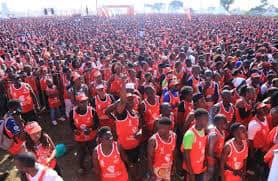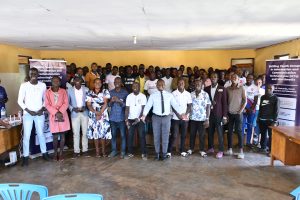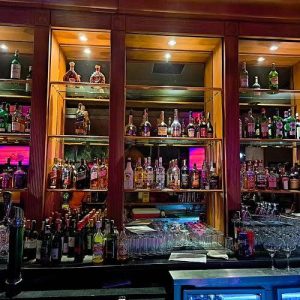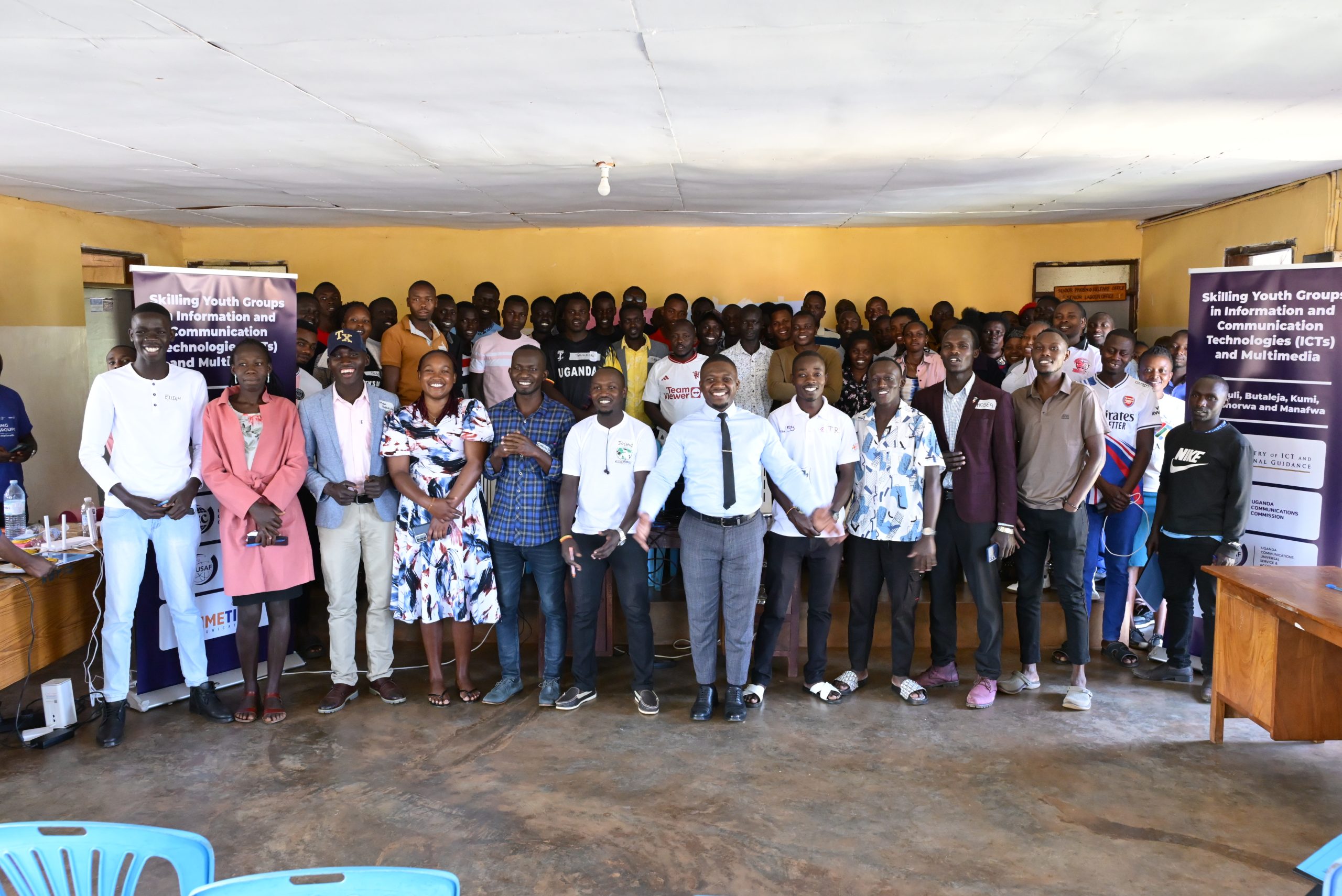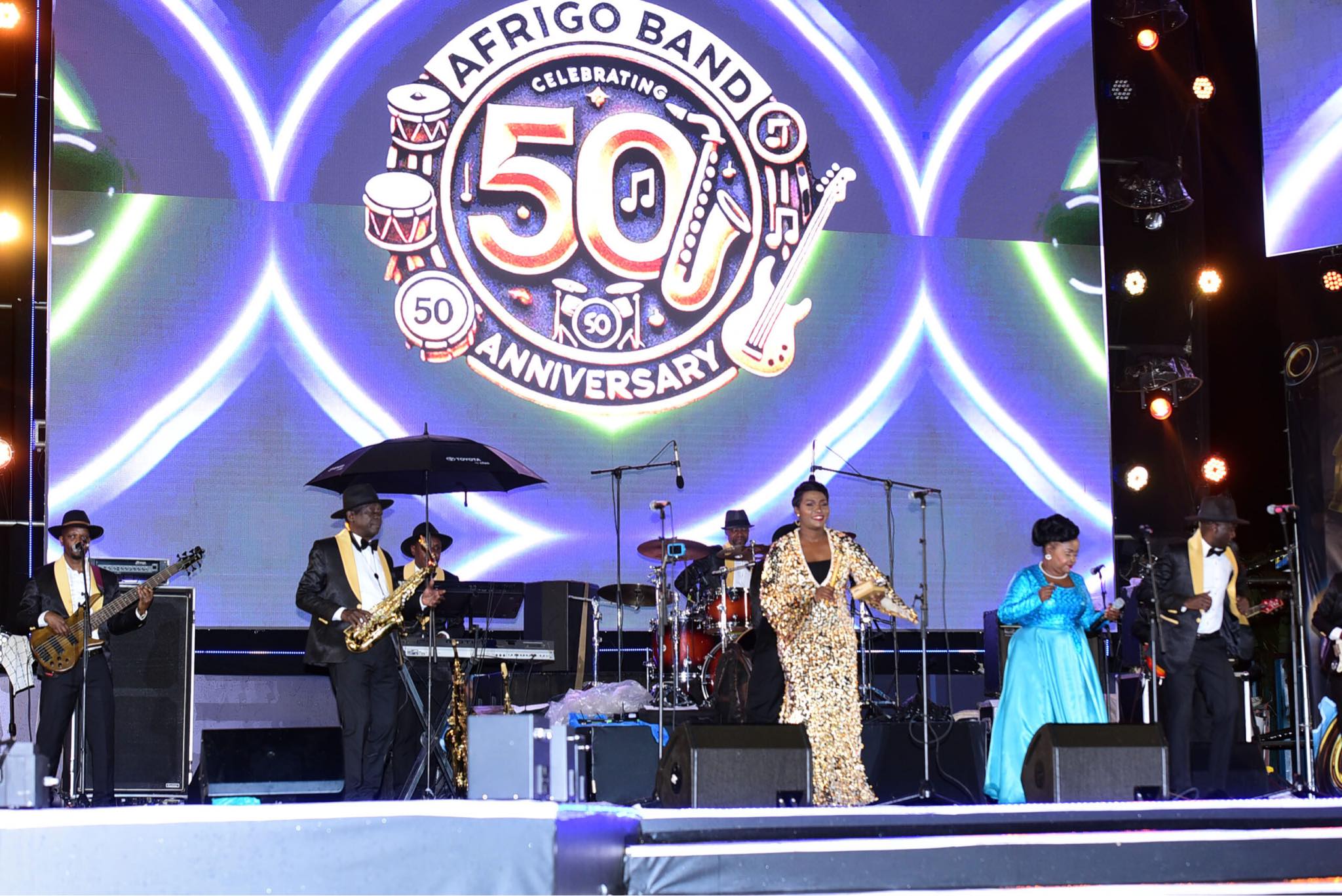#OutToLunch Massive Kabaka Birthday Run turn out key in unlocking Uganda’s potential
By Denis Jjuuko
When the Kingdom of Buganda first announced that they had procured 80,000 kits for the Kabaka Birthday Run, I was a bit skeptical. Not that I doubt the Kabaka’s popularity and the work that his team at Bulange have put in over the last few years, but I thought the number was a little bit too high.
We hadn’t been physically involved in the run since 2019. Virtual runs due to Covid-19 had been the norm. I thought there could have been a need to transition a little bit slowly and if we could get the number of 2019 of around 60,000 people, that would be massive.
Then on Friday before the run, I started receiving phone calls from friends. They wanted to know where they could get kits so they could participate. I would direct them to all the selling points only to call back that they couldn’t find them. Not that they were finding selling points closed, the kits had sold out.
On the run day, I saw many people around the Royal Mile that links Bulange to the Mengo Palace and indeed others around the ring road that were simply waving and didn’t have vests on. I don’t know whether they were part of the last-minute participants that missed out or not. Most likely, you can’t just wake up early and go around Mengo to simply cheer those who are participating.
One could argue that Mengo should have anticipated and brought in 100,000 kits but as I have said, and having been involved in organizing marathon events before, having 80,000 people in Uganda running is a milestone. Having 80,000 people participating means that had it been a soccer event, the kingdom would have needed two Namboole stadiums or the Camp Nou in Barcelona.
Once the Kabaka flagged us off, and in the 10km route that I chose, the message had been clear. Delivered constantly in a humorous way by thousands of participants was that they can’t wait for 2030 again so they could discard the use of condoms.
I don’t how many times I heard this same message constantly and how ‘grateful’ people were that Katikkiro thought about them and the need not to eat “sweet drops in their wrappings.” It was sexual innuendo par excellence but at the end of the day, I believe people got the message.
See, the Kabaka is the UNAIDS Ambassador for Male Engagement on HIV/AIDS and the run was pushing male engagement or involvement in stopping the spread of HIV/AIDS. UNAIDS, whose Executive Director is Winnie Byanyima who doesn’t need much introduction to Ugandans, has set an ambitious target of eliminating HIV/AIDS by 2030. Hence the gratefulness to Katikkiro that after 2030, people won’t have to use condoms as HIV/AIDS would have been eliminated!
The fun stuff aside, the Kabaka’s birthday run once again proved that Ugandans can respond to a call to do something. This isn’t obviously the first time we have seen this. Just a few months ago, a friend called me and said her mother was at Bulange for a Covid-19 vaccination jab. I asked her what had changed because I knew her mum had refused to take a vaccination jab yet she is in the age group that is vulnerable.
My friend, a persuasive communication executive in one of those UN agencies, had tried and failed to convince her mother. So she asked her what had happened when she found out that she was now vaccination ready. She said the Katikkiro has told us to go and vaccinate and he can’t be doing anything that is bad for us. Katikkiro didn’t directly call her. She just saw him on TV and heard him on radio and that was enough. Bulange was full to the brims with people including some who had been as skeptical as my friend’s mother.
Kabaka himself once turned polio upside down when reluctant parents in the 1990s saw him dropping a polio vaccine in a child’s mouth in Mawokota. Polio, needlessly to say, was kicked out of Uganda (thanks to Rotary as well and of course the Ministry of Health and other partners).
So how can this energy people have for their Kabaka and his appointed leaders be translated into every other little activity? We could push more for education so parents can ensure that every child attends school. I have always asked myself what makes America a superpower? And usually everything points to its famous universities. China’s progress can be linked to the millions that graduate from its universities every year and so are other developed countries.
Innovation is possible with education. Sustainable meaningful jobs are a result of education. Better health is only possible if people are educated. In case Buganda is grappling with what to run for in the years ahead, education could be it.
The writer is a communication and visibility consultant. djjuuko@gmail.com

